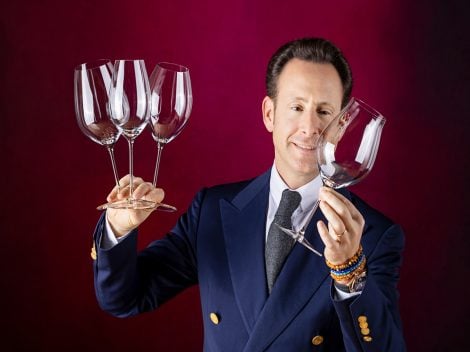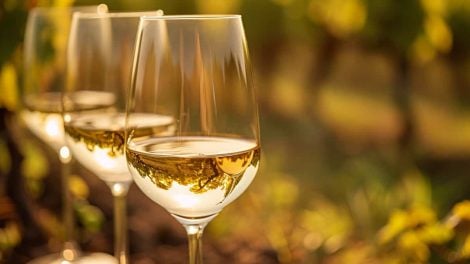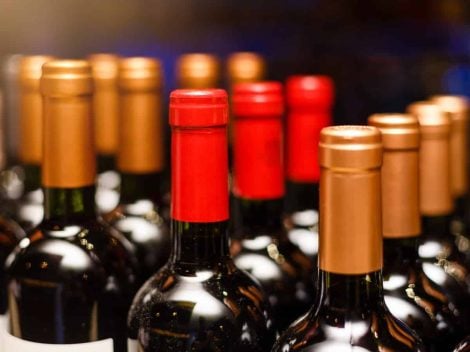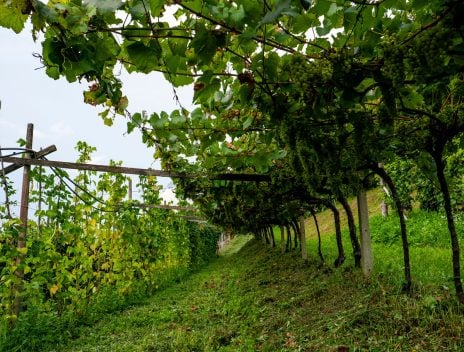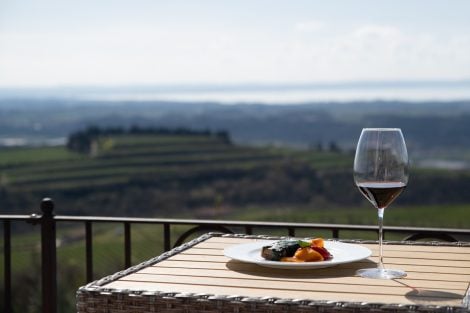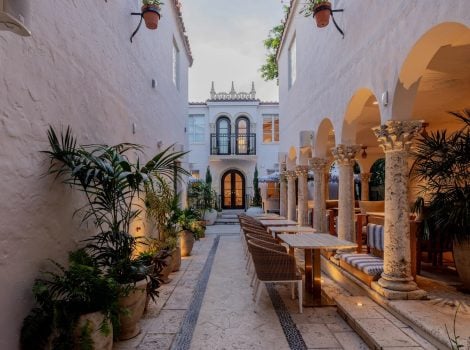by Carlotta Sanviti
After many years, the only Barbera d’Alba awarded Tre Bicchieri by Gambero Rosso for 2025 is from the Piedmontese winery Roberto Sarotto. This recognition brings immense pride to Roberto, as well as deep emotion for his daughter Elena, who joined the family business just a year ago. This wine is the product of twenty years of work to create what Sarotto describes as "the perfect representation" of his terroir. “We did it,” Roberto said with a sigh of relief, thinking back to the early 2000s when, as Elena was growing up and developing her own character, he was crafting a wine that would reflect her spirit. This award, beyond technical recognition, celebrates a family story that endures and evolves.
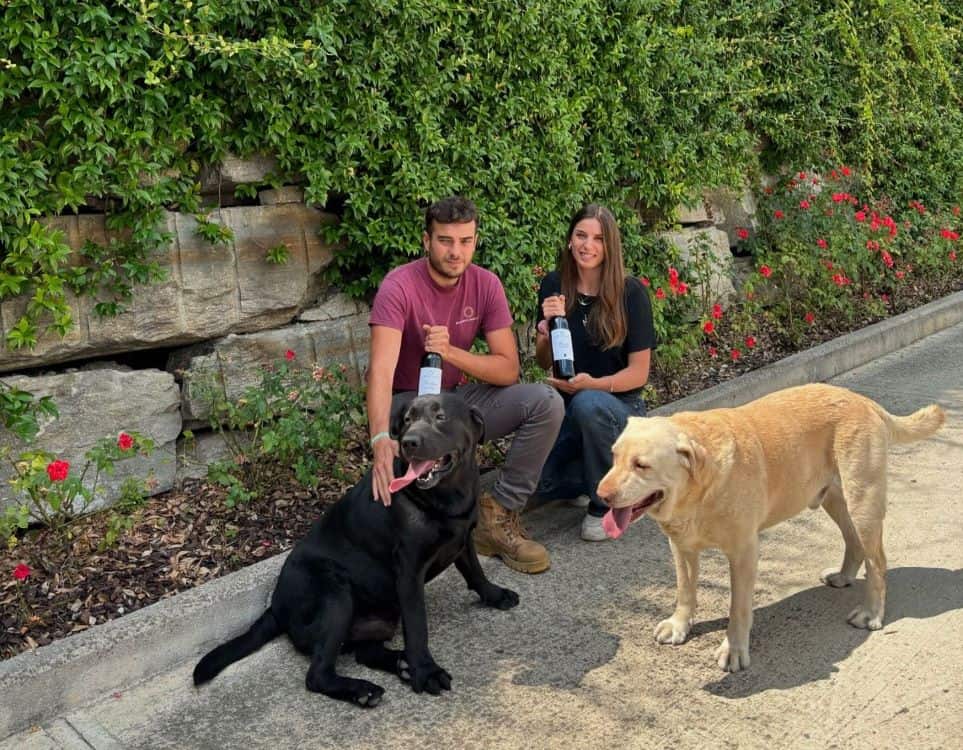
The seventh generation begins for the Sarotto family
“I am the sixth generation of winemakers,” Roberto explains, recounting how his family has worked the land since before 1800. “We used to produce wine in limited quantities and always sold it in bulk. My father revived this tradition, and from a young age, I knew I wanted to continue it.” For Roberto, the harvest season was part of his childhood, and even before finishing school, he was already immersed in the life of the winery. In 1984, after graduating from the *Enological School of Alba*, he and his parents decided to modernise the family business. This decision marked a turning point, as under Roberto's leadership, the winery quickly expanded to become one of Piedmont’s most renowned wineries, with around 95 hectares of vineyards in some of southern Piedmont’s most prestigious areas, including Barolo, Barbaresco, Gavi, and the Moscato d’Asti region.
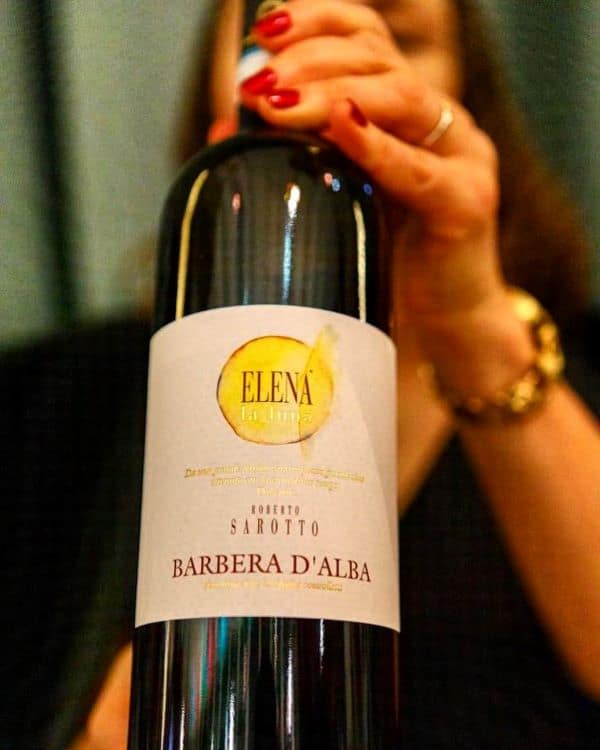
From the 1990s, Roberto and his wife Aurora began to gain recognition across Italy and then worldwide. However, it was in the early 2000s that Roberto decided to dedicate a Barbera d’Alba to his daughter Elena, born in 1998, to embody the strength and grace of the new generation. Now 26, Elena officially joined the family business just over a year ago, bringing a breath of fresh air. She manages the commercial and administrative side, while her brother Enrico, five years her senior, handles the internal operations after studying enology and marketing. Elena, much like the wine named after her, is already a cornerstone of the winery’s future. “We’re restructuring the markets, opening agencies in Turin, Rome, and Genoa,” says Roberto, proud of the modern strategies his children are implementing. “Our secret is never to bring home the tough side of the job, the stressful moments,” he adds. “I always share the rewarding parts with my children; even when things seem difficult, I try to show them the beauty of this work.”
The Barbera d’Alba Elena la Luna
Roberto describes his *Barbera d’Alba* as “sweet, but not sugary. It’s a velvety wine with great strength.” The wine’s success is also rooted in a deep connection to the land. “We’re native to these hills, and I’ve always wanted our wines to embody the essence of Piedmont,” he explains. However, the Piedmontese wine landscape is shifting, and Roberto has witnessed this first-hand. Today, the market favours whites; it’s the time of Timorasso, and even Arneis and Gavi are experiencing a positive phase. Nonetheless, Barbera d’Alba, with its robust structure and intense aromas, remains a key player, especially in more modern and accessible versions like Elena la Luna.
Challenges of climate and labour
Despite the successes, challenges remain. Climate change is testing even the best-suited wine regions. “This year we had a cool summer with some intense heat waves, but unlike other areas, drought wasn’t our issue; instead, heavy spring rains brought issues with downy mildew,” Roberto shares. In this context, the debate over the best vineyard exposures in the Barolo region has intensified, with a recent proposal from former Consorzio president Matteo Ascheri to expand plantings towards northern areas. This proposal was ultimately rejected by producers and the new Consorzio president Sergio Germano, but years of extreme temperatures have disadvantaged south-facing vineyards, while northern areas appeared to suffer less.
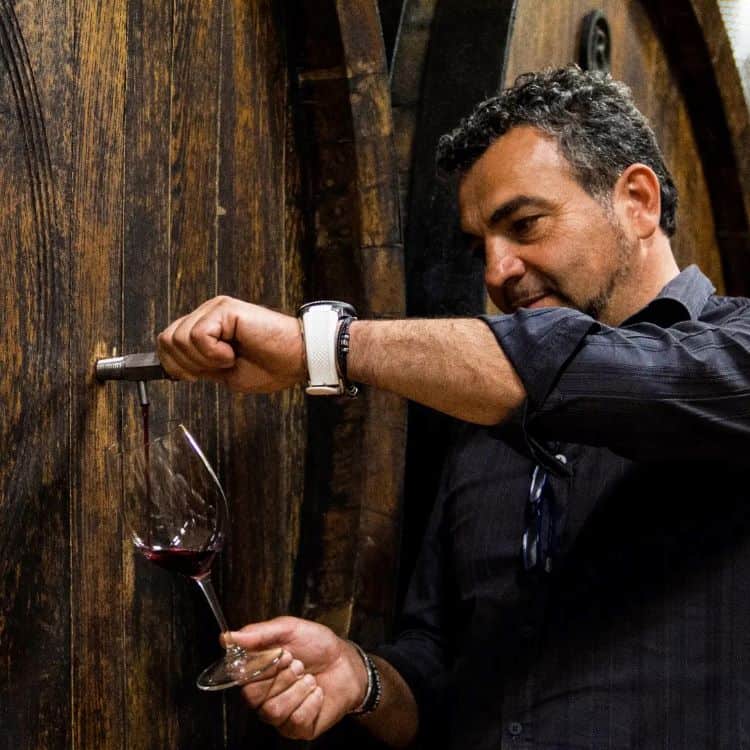
Roberto points out that traditional Piedmontese viticulture has always favoured south-facing sites to ensure quality grapes, but that shifting the guidelines to include northern Barolo areas would have supported the region during recent difficult years of drought and relentless rain. Despite the challenges, Roberto is satisfied with this year’s harvest, which brought good quality grapes in satisfying quantities, especially for the whites, which he says were exceptional. The Nebbiolo, on the other hand, produced a lighter wine compared to previous years but with remarkable finesse.
Finally, Roberto highlights another challenge: finding skilled labour. “Mechanisation is limited in our vineyards, and most of the harvest is done by hand, but it’s harder than ever to find workers,” he admits. Yet he’s proud of what his winery and other Piedmont producers have achieved over recent years. “When I started in the 1980s, Piedmontese wines were seen as austere and challenging to drink,” he recalls. Today, thanks to modernisation efforts, Piedmont has succeeded in making its wines appreciated worldwide. “I’m proud to see the wines of my region as the most awarded in Italy,” he concludes.

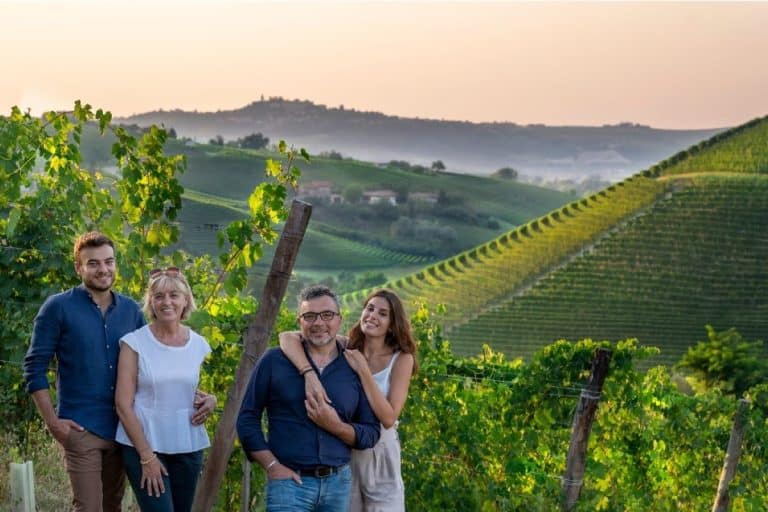
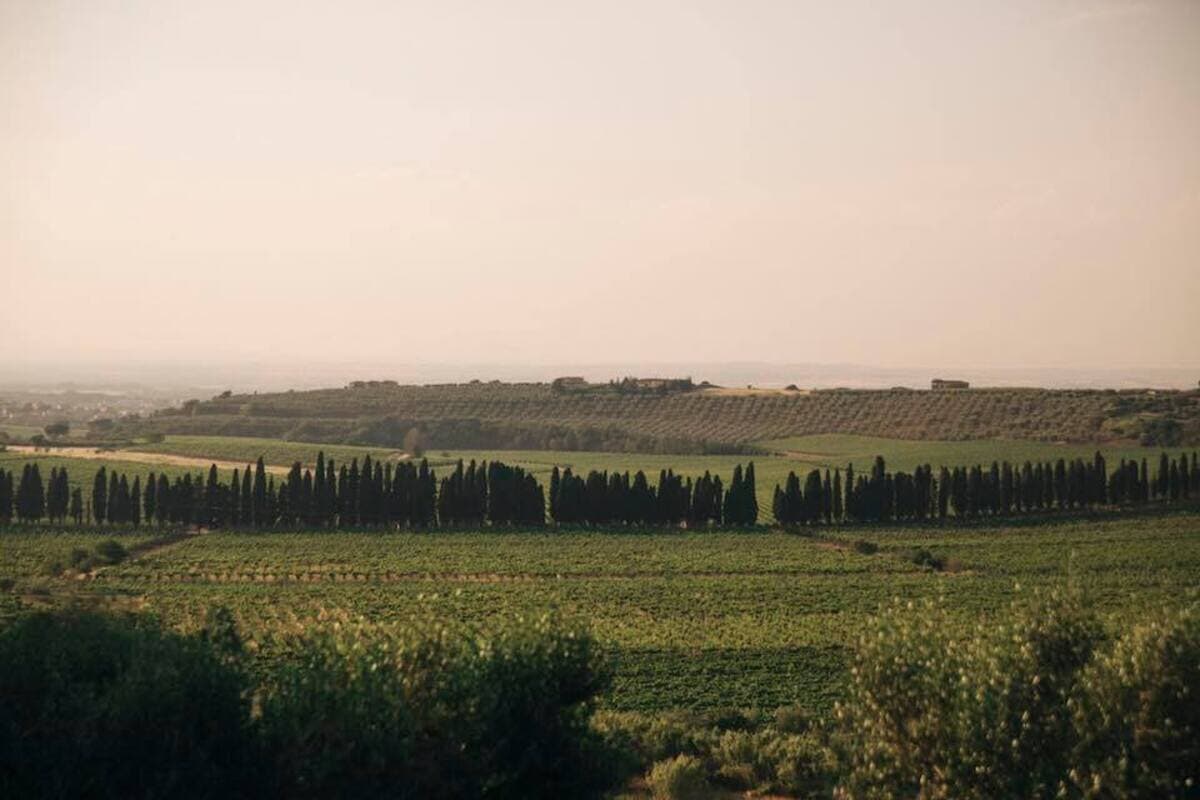 The Consorzio dei Vignaioli del Lazio is born. This is how artisan producers challenge the agro-industrial model
The Consorzio dei Vignaioli del Lazio is born. This is how artisan producers challenge the agro-industrial model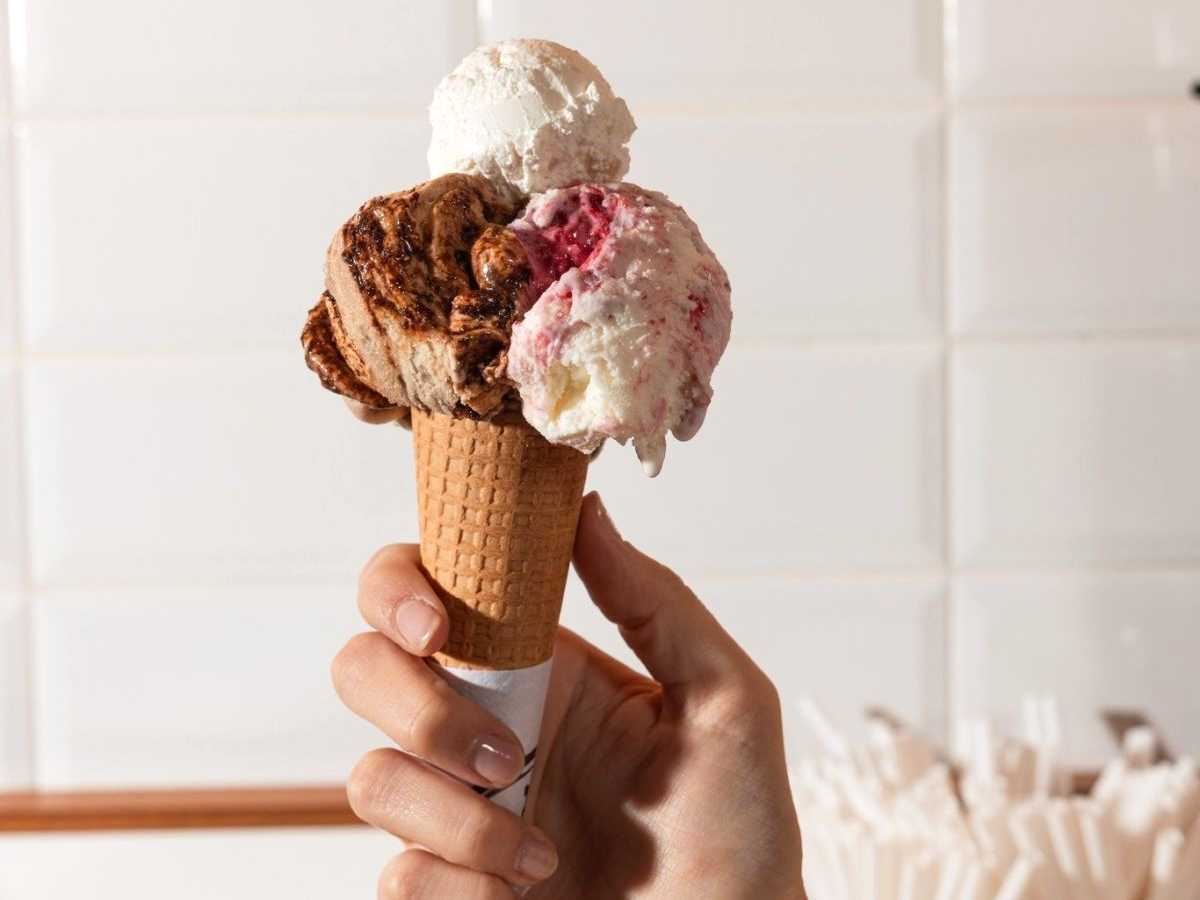 Where to eat gelato in Milan: the best spots
Where to eat gelato in Milan: the best spots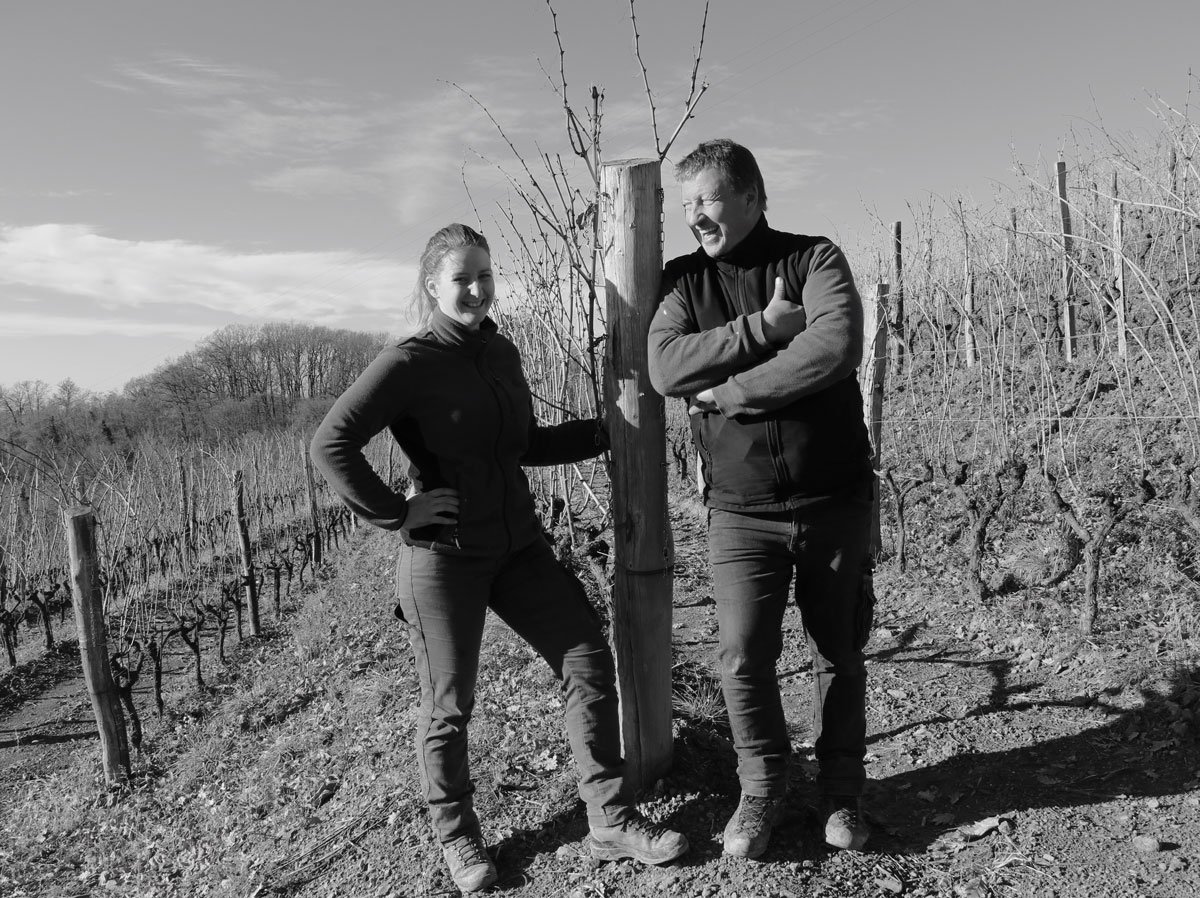 "I never thought wine was natural — it's the biggest nonsense I've ever heard." Interview with Damjan Podversic
"I never thought wine was natural — it's the biggest nonsense I've ever heard." Interview with Damjan Podversic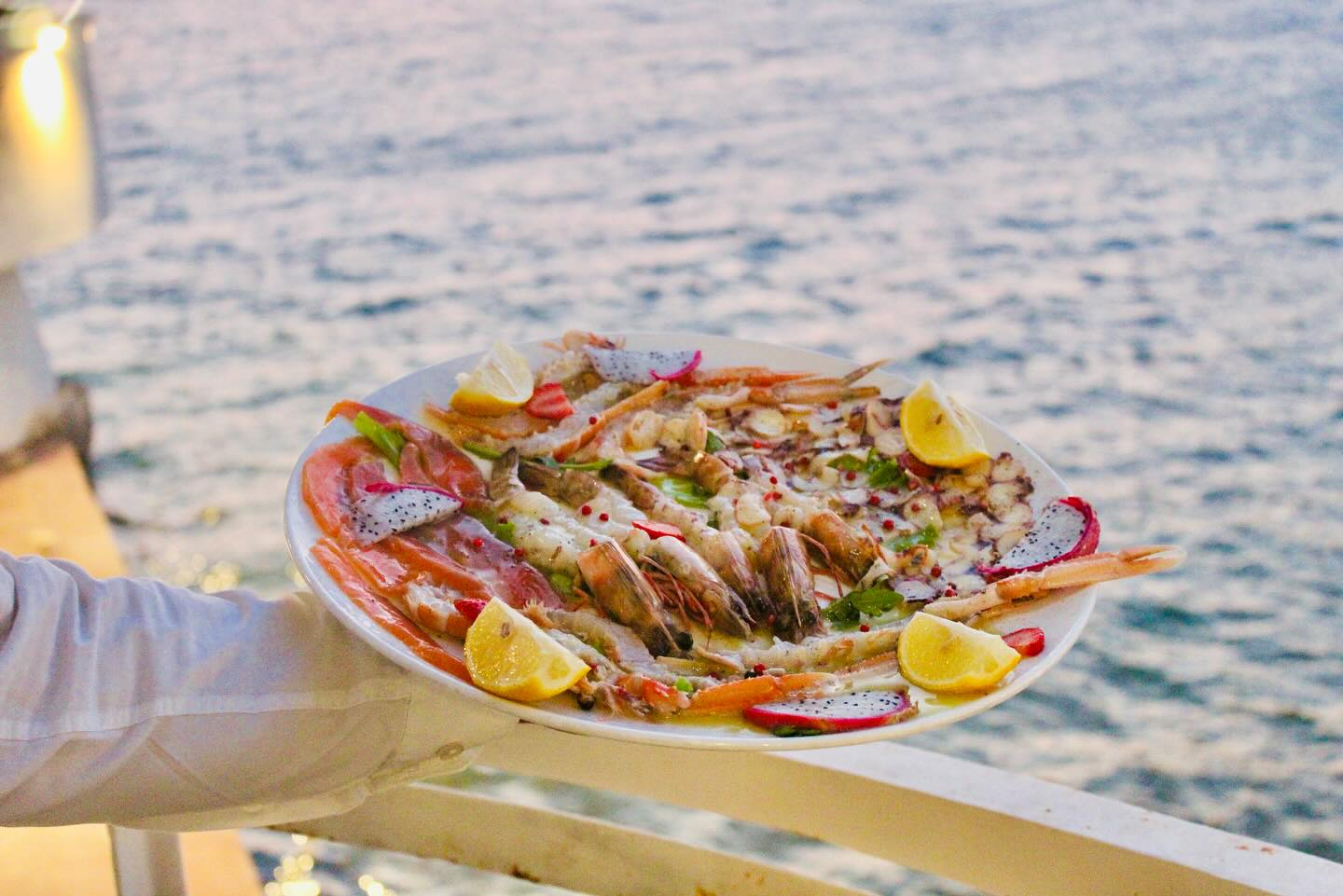 This year the Giro d’Italia starts in Durrës. Here are 4 unmissable places to eat in the Albanian city
This year the Giro d’Italia starts in Durrës. Here are 4 unmissable places to eat in the Albanian city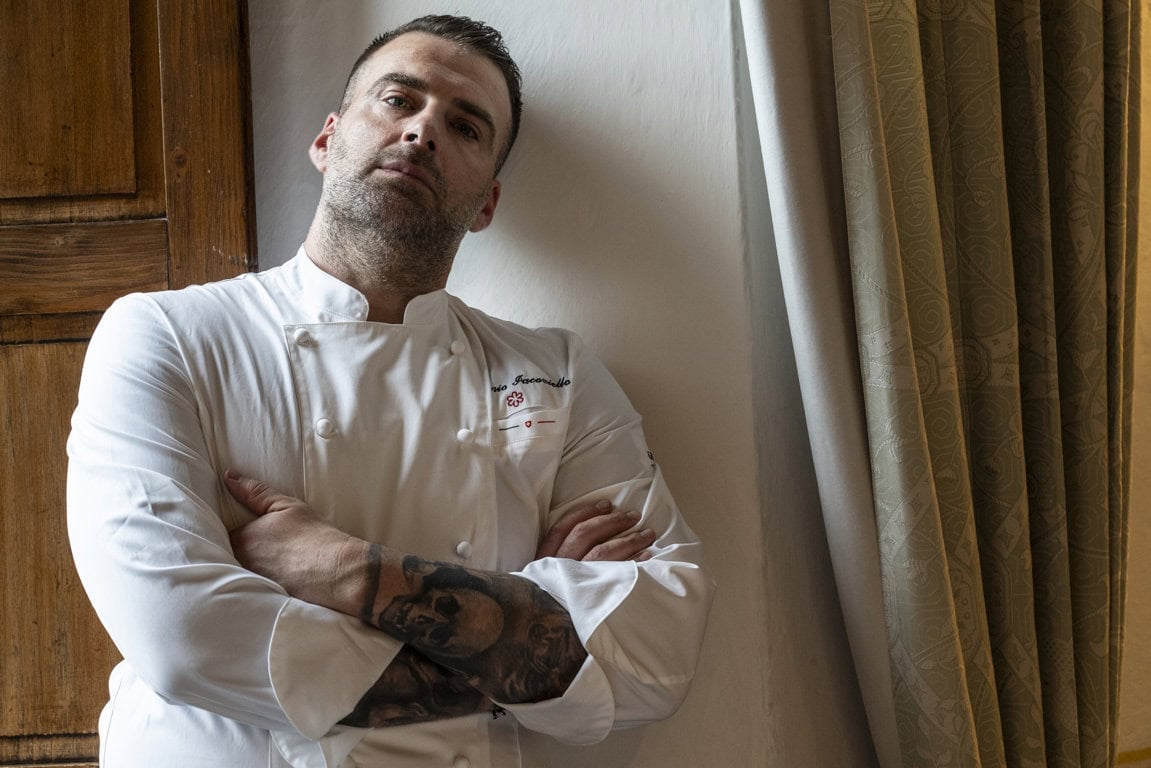 The chef who left a top restaurant in Tokyo to open his own place in a small Tuscan village
The chef who left a top restaurant in Tokyo to open his own place in a small Tuscan village